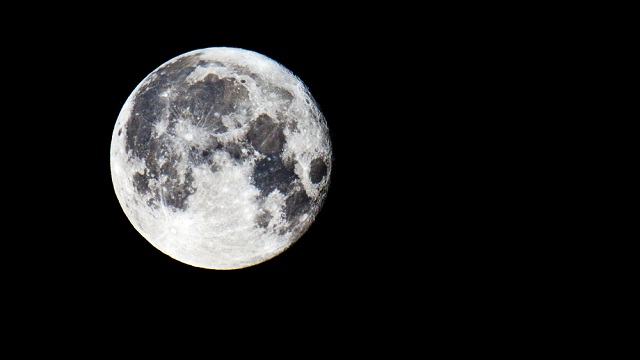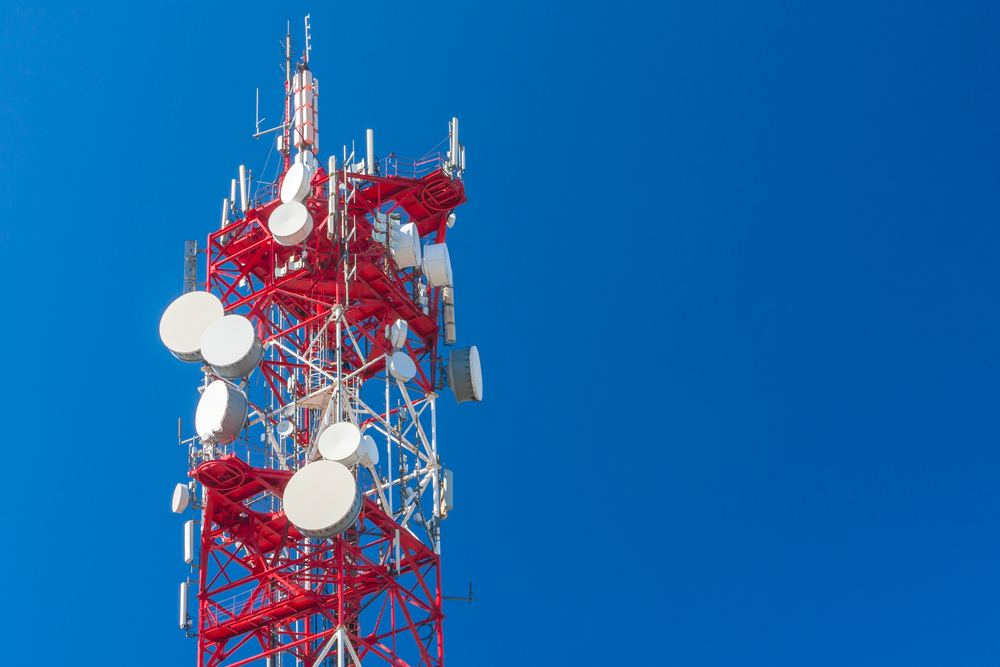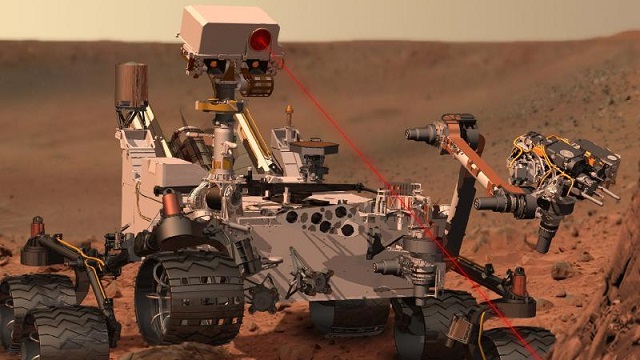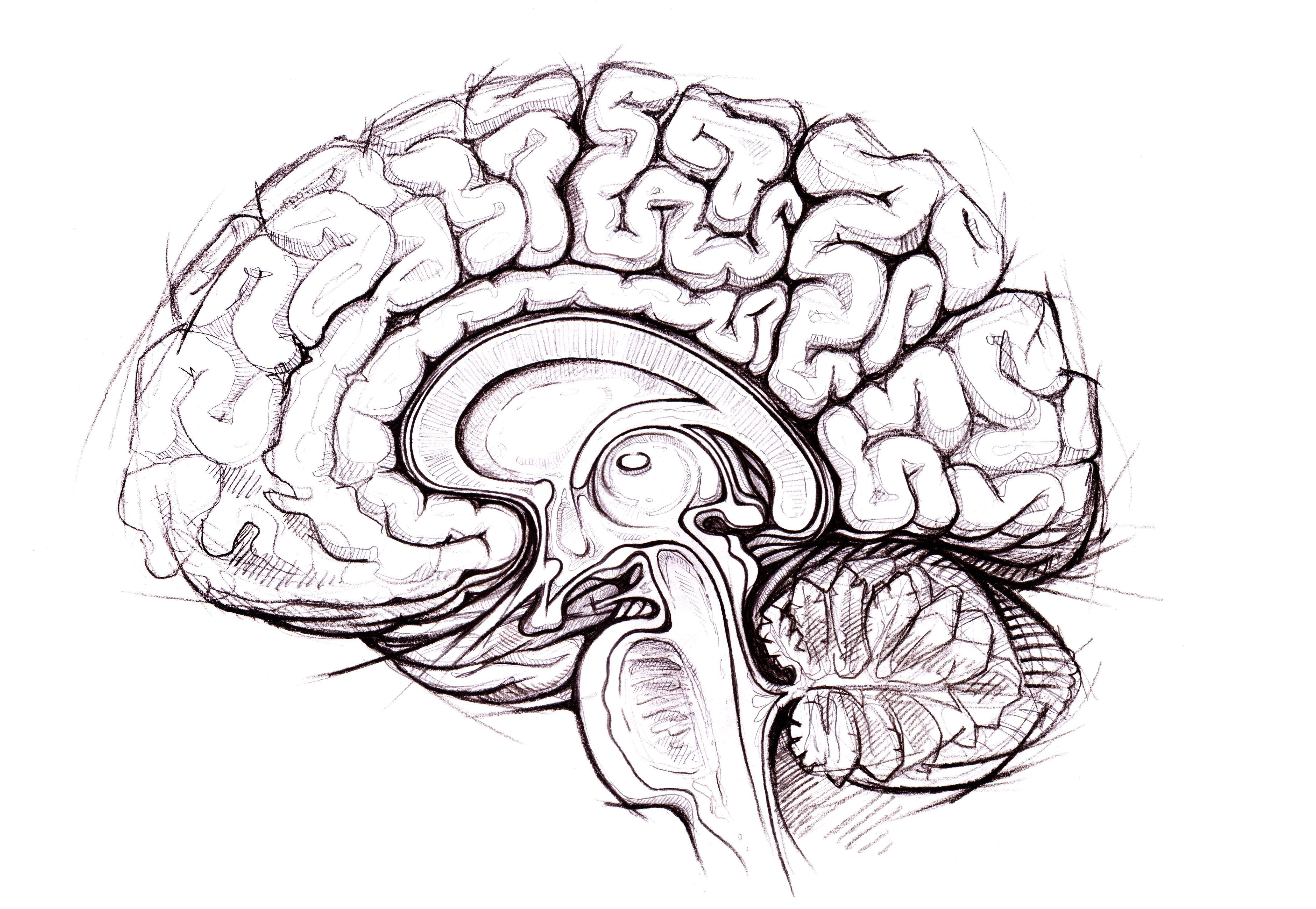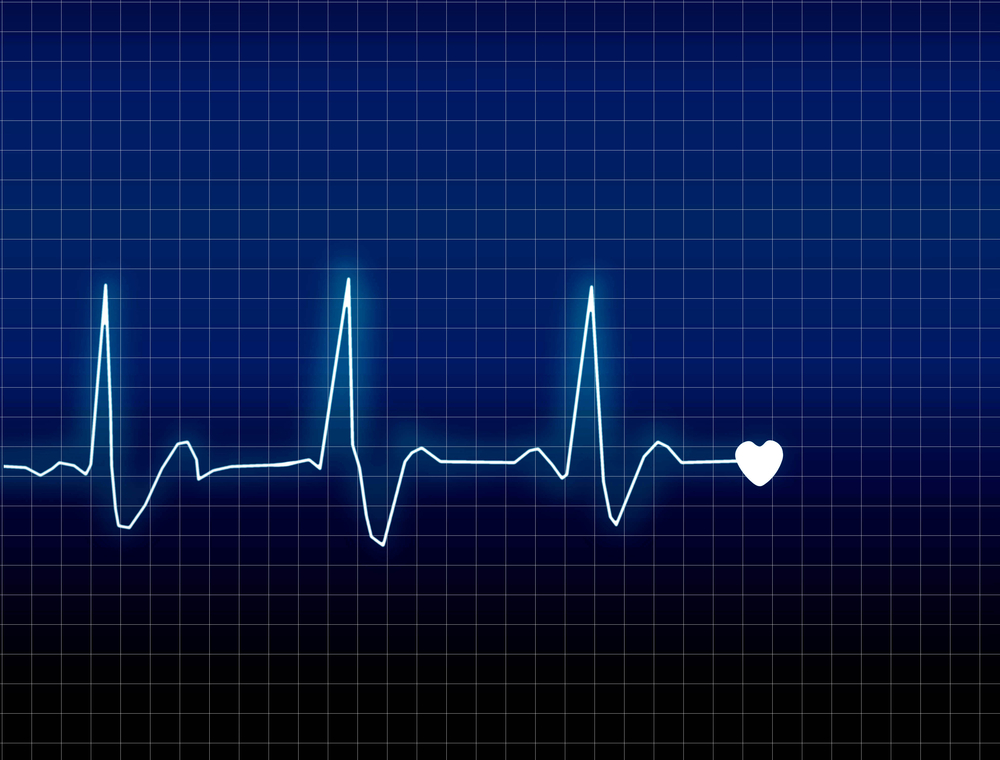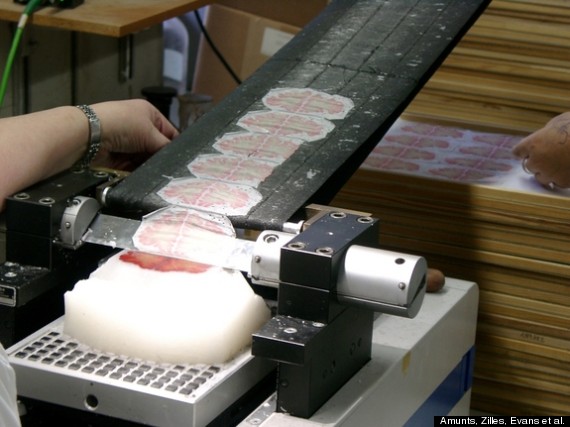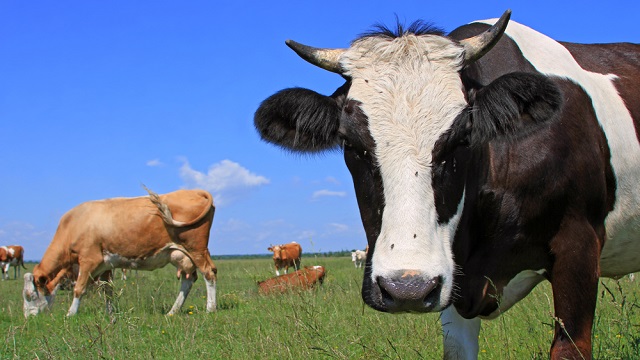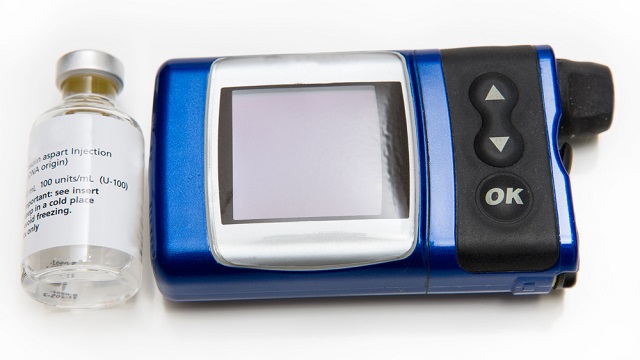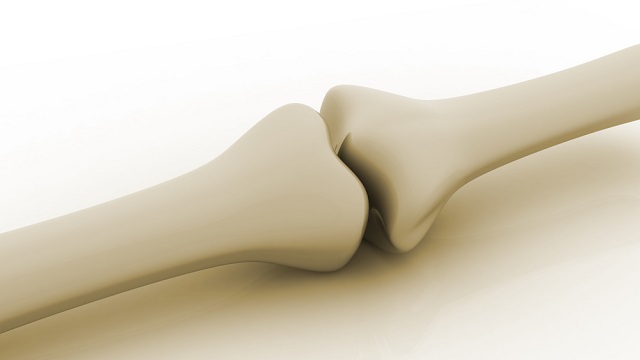Surprising Science
All Stories
Next month, an international team of researchers will begin a five-year mission to find out more about these exploding stars and what they reveal about the age and growth of the universe.
The technology is there to capture huge amounts of energy, say industry experts, but there are some challenges to overcome, including the lack of water and the presence of dust.
At least that’s the claim being made by a new study: The likelihood of a red dwarf star housing a habitable super-Earth increases significantly when cloud behavior is considered.
The Pocket Spacecraft project aims to open lunar exploration to the public by offering thin-film, sensor-packed “scouts” for sale that will eventually travel to the moon and send back data to their owners.
A recent study showed how using the software to identify struggling students could help teachers stay attuned to their needs, whether they’re in the room with them or at a remote location many miles away.
Edward Snowden’s illegal disclosure of NSA surveillance techniques will loom over upcoming trade negotiations between the US and EU called the Transatlantic Trade and Investment Partnership (TTIP).
The children will come and go as they please, as long as they are present during the core period between 10:30 a.m. and 3:00 p.m. The building will only be closed for Christmas and New Year’s.
A new study of the brain’s biology completed at Columbia University has overturned the accepted theory for how humans process higher-order thoughts, such as reflecting on the past and planning for the future.
The lone-wolf vision of creative genius is giving way to a more community-friendly concept of innovation where the different talents of many create scientific breakthroughs.
The rise of Lyme disease, virtually unknown until 1977, is thought to be due in part to the vast urbanization of the Northeast coast as wide forests were divided into much smaller neighborhoods.
In order for a substance to be regulated like alcohol, it must fit four specific criteria: ubiquity, toxicity, addictiveness, and be bad for society has a whole. Sugar fits these categories easily.
Called chimeras, animals that share essentially human biological qualities, such as human organs from the liver to the brain, are under development in Japan as a way of harvesting organs for transplant.
Sugary foods and other processed carbohydrates, such as bagels, white rice, juice and soda, stimulate areas of the brain that control for hunger to a greater degree than whole.
It’s a growing concern all over the industrialized world, but the country with the highest smartphone penetration rate has put a new education policy package in place.
Two scientists argue that if NASA could get over its fear of contaminating other planets with homegrown microbes, it could save a significant amount of money on its exploration missions.
Norms take time to catch up to technology, but they are all the regulation we need.
The Suomi NPP satellite has created the highest-resolution map of the world’s vegetation to date. Not surprisingly, there’s more greenery, thanks to carbon emissions.
It’s the first arrangement of its kind to be discovered in the hunt for exoplanets that could support life. These planets are among several that orbit Gliese 667C, one star in a trinary star system.
A plastic pollution survey of the Great Lakes revealed that three of the five contain dangerously high concentrations of “perfectly spherical plastic balls” of the type found in face and body scrubs.
Nippon Television Network is working with other organizations to provide elder-care monitoring services that will, for example, alert relatives if a family member doesn’t change their channel for an extended period of time.
The most detailed map of the human brain ever completed is now available for perusal online, giving neuroscientists a greater understanding of how cells are grouped and arranged inside the brain.
Despite having 30-year lifespans, mole rats are known in scientific circles to be cancer proof. Researchers think their resistance is thanks to tissue very rich with high molecular weight hyaluronan (HMW-HA).
MIT medical researchers have created an algorithm that accurately measures a person’s pulse by tracking how the head moves involuntarily when blood is pumped from the heart to the brain.
Smoke-free products such as electronic cigarettes are a safer alternative to smoking cigarettes, despite the FDA’s obstinate refusal to permit companies from saying so.
Silver, known since ancient times to have antimicrobial properties, can disrupt bacteria and possibly deal with the modern scourge of antibiotic resistant bacteria, say Boston University researchers.
If you can’t make it out to a cafe, a new website allows you to bring the bustling energy directly to your computer. The site is called Coffitivity. It’s free and plays an ambient coffee shop soundtrack.
Because it’s not all our fault: Almost a quarter of US methane emissions come from livestock in the form of burps and farts. Now, a study is looking into ways to reduce that output via selective breeding.
A recent US Homeland Security alert calls attention to the vulnerability of pacemakers, insulin pumps, and other health equipment to malicious attacks. As devices become smaller and more efficient, more attention must be paid.
Researchers at MIT modeled the inside of a bone and used software to create a design that could be read by a 3D printer. The resulting lightweight composite could be used in several different applications.



